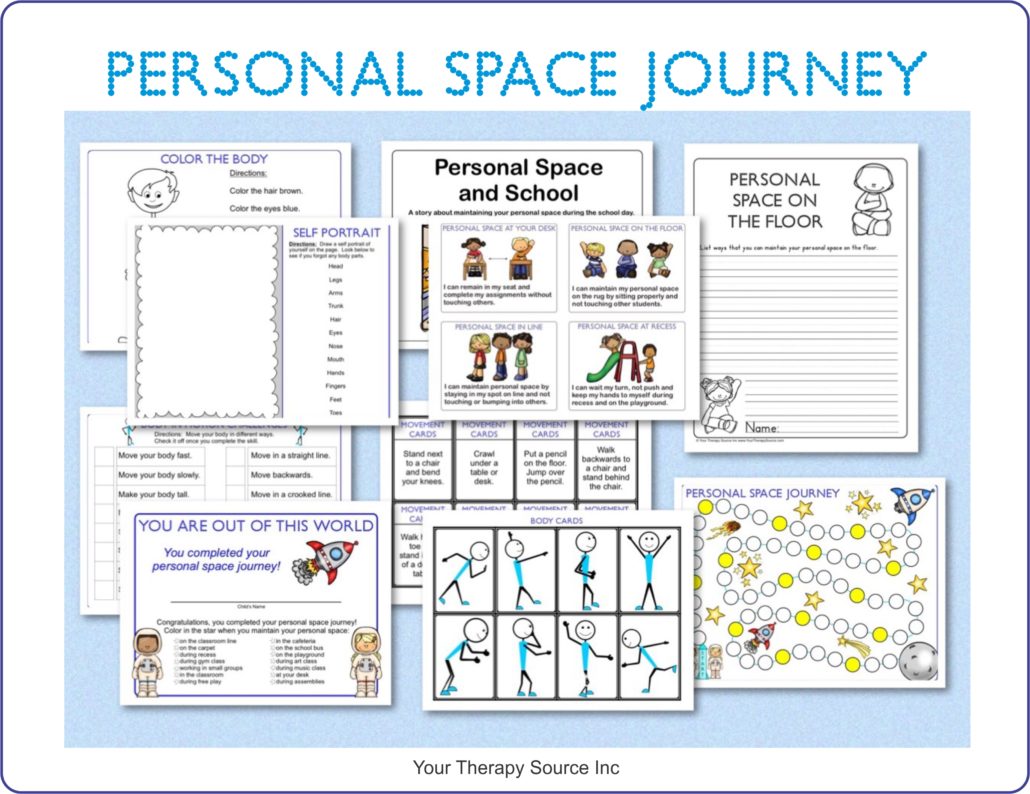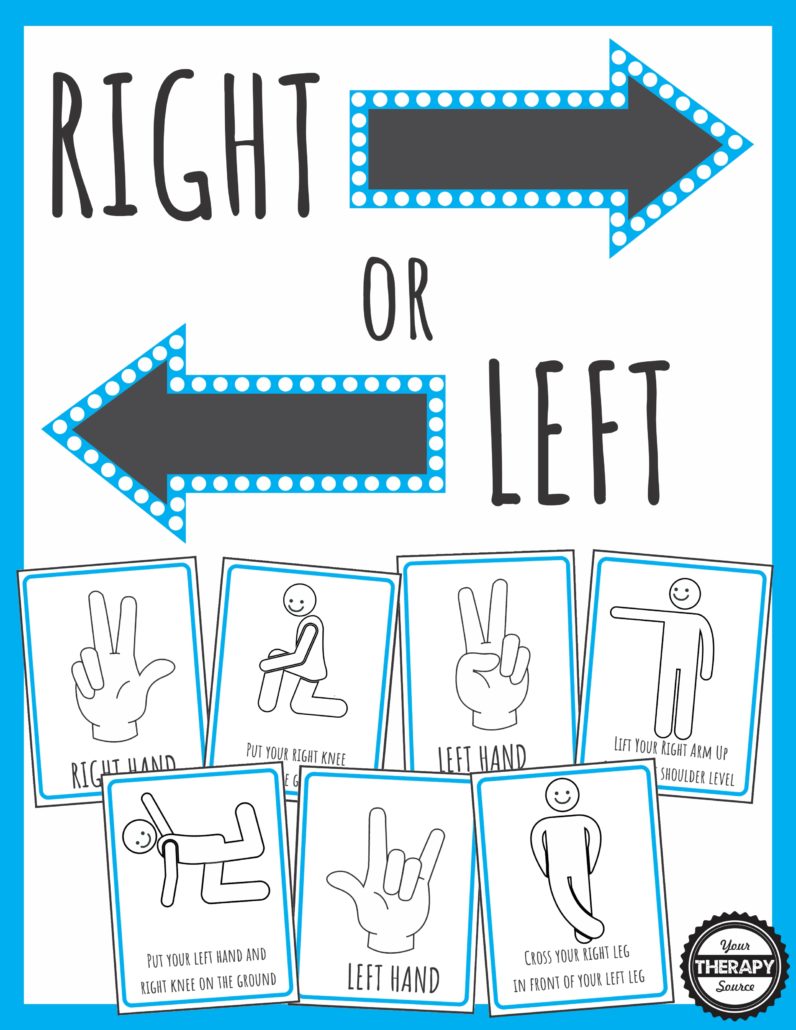Spatial Reasoning Puzzles for Kids
Spatial intelligence is the ability to think with your eyes. It is one of nine types of intelligence that were identified by Dr. Howard Gardner in his theory of Multiple Intelligences. Spatial Intelligence allows you to visualize things in your mind, judging distances, different shapes, angles and imagining different perspectives. Challenge spatial intelligence, with these FREE spatial reasoning puzzles for kids. You download them for free at the bottom of the post.

Why is Spatial Intelligence Important?
Spatial intelligence is a critical aspect of the human thought process as we live in a three-dimensional world. Even if you never become an architect or engineer, spatial reasoning skills are important because it allows you to navigate through space and avoid bumping into other students; help you find your way from the classroom to the cafeteria; aids you in making decisions in everyday life, and helps you complete tasks.
Spatial awareness is so important throughout the entire school day whether it be navigating the building or participating in academics.
Young children start using spatial thinking with activities such as jigsaw puzzles or building a block tower during playtime. Then when elementary school starts, they may be challenged by a new type of puzzle in math when it comes to studying 3D shapes. These types of activities make kids think about spatial reasoning using their visual perception.

Personal Space Worksheets
How Do the FREE Spatial Reasoning Puzzles Work?
This is a great activity to challenge a student’s spatial abilities. All you need to do to gain access to the spatial puzzles is:
- Sign up for our newsletter at the bottom of the post. You will be redirected to the download page.
- Download and print the building blocks puzzle pages. Add it to your collection on your computer of free printable problem solving activities.
- Determine which set of blocks were used to make the block tower.
It is a good idea to print these unique spatial reasoning puzzles on cardstock paper and laminate the game so you can use it over and over again. If you do not want to print it, you could open up the visual representation of the blocks on a tablet or computer and choose the correct number. The correct answer for each puzzle is on page 6 of the PDF.
How to Use the FREE Puzzles
After you have printed the puzzles or are showing them on your screen, ask the child to tell you which set of blocks are used to make the tower in the middle of the page.
If you find that your student needs teacher support to complete the puzzles, encourage the children to look closely at the different shapes of the blocks to see what matches the tower. Another easy way to identify the right set of blocks is to use the different colors of the blocks as a visual cue to find the correct answers.
If you want to extend the activity, print the puzzle pages in black and white. Provide similar blocks from your wooden block set. Can the student create the same blocks towers that are shown in the picture? This will challenge the child’s fine motor skills as well as their visual spatial abilities.
When students display significant struggles with puzzles like this one or building with blocks, reach out to your child’s pediatrician for further advice.

When is a Good Time to Use the Spatial Reasoning Puzzles?
Print these spatial concepts puzzles and laminate them. You can use them:
- as a quiet activity.
- for a station to practice early math skills
- during an occupational therapy session – in person or telehealth.
- during a visual therapy session.
- anytime a child needs an enrichment activity
You can also share the puzzles on a screen for an indoor brain break challenge for the whole class or for distance learning.
More Resources to Foster Good Visual-Spatial Skills
If you want to encourage good spatial skills in your students, check out some of these resources.
If you have students who struggle with understanding physical space, the Personal Space Journey is a collection of activities to teach children about personal space. You can choose how to utilize the materials but early education on the importance of personal space is recommended. Some children may benefit from reading the story first with follow-up. Others may need to work on body awareness activities in order to learn new strategies to maintain personal space.
If you want simple puzzles that advance to more complex puzzles, Puzzles on Paper is a set of 40+ puzzles on paper that challenge visual spatial and visual closure skills. The puzzle pieces are represented on paper and you have to draw lines to determine where they do. There are animal puzzles ranging from 4 to 12 piece puzzles to solve and 12 holiday themed puzzles (12 easy and 12 harder) for throughout the year.
Do your students struggle with visual spatial skills and/or working memory? If you need printed or interactive activities for distance learning, check out these Visual Spatial Memory Games! This digital packet of Visual Spatial Memory Games includes 4 levels of difficulty and 4 movement breaks to encourage spatial skills. You can play these games on Google Slides, Powerpoint AND print the games!
Download your FREE Visual Spatial Reasoning Puzzle Packet Here
Thank you for your interest. Sign up to receive the weekly email newsletter and other announcements from Your Therapy Source. You will be redirected to the PDF. If you can not see the sign up box, click on the blue box in the lower right hand corner for help.

Right or Left Games – Practice Right Left Discrimination
Right or Left Games digital packet helps children to practice right and left discrimination, bilateral coordination, fine motor skills, balance skills, body awareness, motor planning and visual spatial skills.
Details: 14 page PDF digital document available immediately following payment
The Right or Left Games Packet includes the following:
- one page handout …


